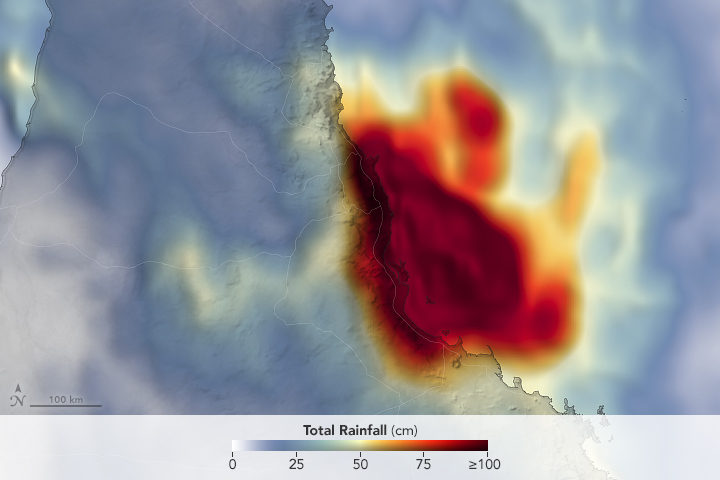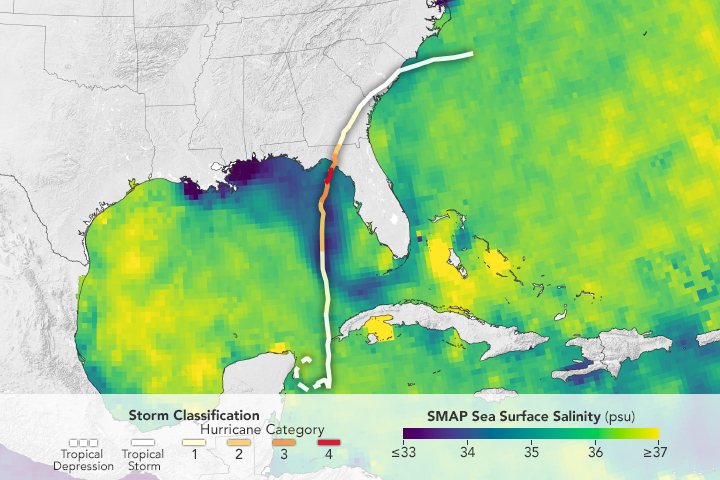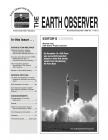



Recent Imagery
You will be directed to the NASA Visible Earth webpage when you select Images by Mission below, or click on the images at right that are randomly generated to represent four out of all possible topics.
The Earth Observer has a new look! Visit the NEW Earth Observer website.
The Earth Observer: Nov - Dec, 1999
In This Issue
Click title below to view page
- Editor's CornerFront Cover
- Science Team Meetings
- Moderate Resolution Imaging Spectroradiometer (MODIS) Science Team Meeting Summary4
- Summary of the Second Joint TOPEX/POSEIDON and Jason-1 Science Working Team Meeting7
- 19th Tropospheric Emission Spectrometer (TES) Science Team Meeting16
- Minutes of 15th PoDAG Meeting17
- Science Articles
- The EOS Land Validation Core Sites: background information and current status21
- EOS Scientists in the News28
- Earth Science Education Update, Earth Science Education Proposals Selected29
- Announcements
- Congratulations to the Earth Observatory3
- KUDOS6
- NASA Announces Earth System Science Fellowships for 200013
- Terra Engineering Competition27
- Calendars31
- Information/InquiriesBack cover
Editor's Corner
Michael King—EOS Senior Project Scientist
I’m happy to report that on December 18, Terra was successfully launched aboard an Atlas IIAS launch vehicle from Vandenberg Air Force Base. Terra, formerly known as EOS AM-1, is the ‘flagship’ of the Earth Observing System, whose primary objective is to simultaneously study clouds, water vapor, aerosol particles, trace gases, land surface and oceanic properties, and the interactions between them and their effects on the Earth’s energy budget and climate. Its launch marks the beginning of a new generation of Earth science, and is designed to provide scientists and policy-makers with information on the complex interactions between land, sea, atmosphere, and ice, and will enable periodic ‘check-ups’ on the health of the planet. The satellite achieved its initial elliptical orbit with a maximum altitude of about 650 km above the Earth’s surface in about 13 minutes after launch. Ultimately, it will be in a Sunsynchronous polar orbit at 705 km.
The spacecraft, built by Lockheed Martin Missiles and Space in Valley Forge, Pennsylvania, is currently on orbit and undergoing activation. Late in January, flight controllers will begin the detailed checkout of the five state-of-the-art instruments in preparation for acquiring the first Earth science data.
NASA’s Active Cavity Radiometer Irradiance Monitor Satellite (ACRIMSAT)—a satellite designed to...
Read more...

